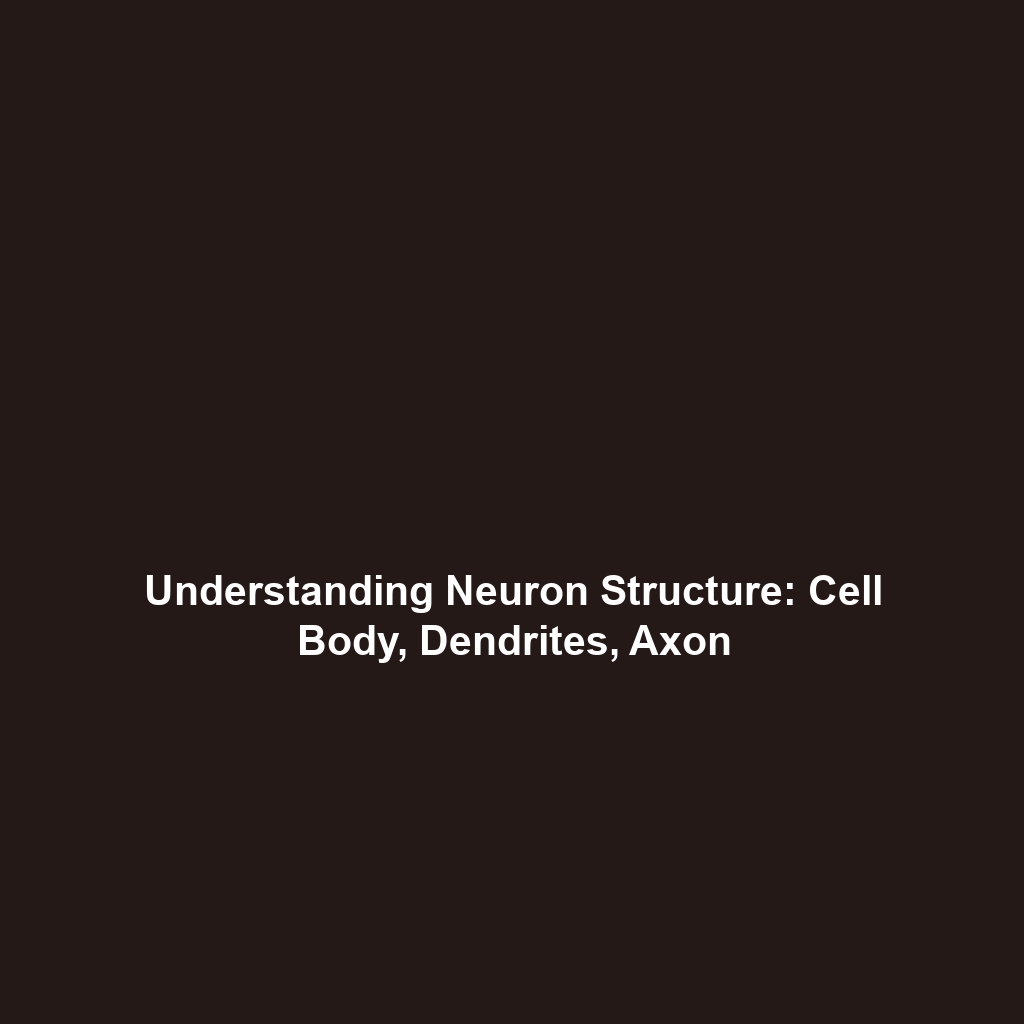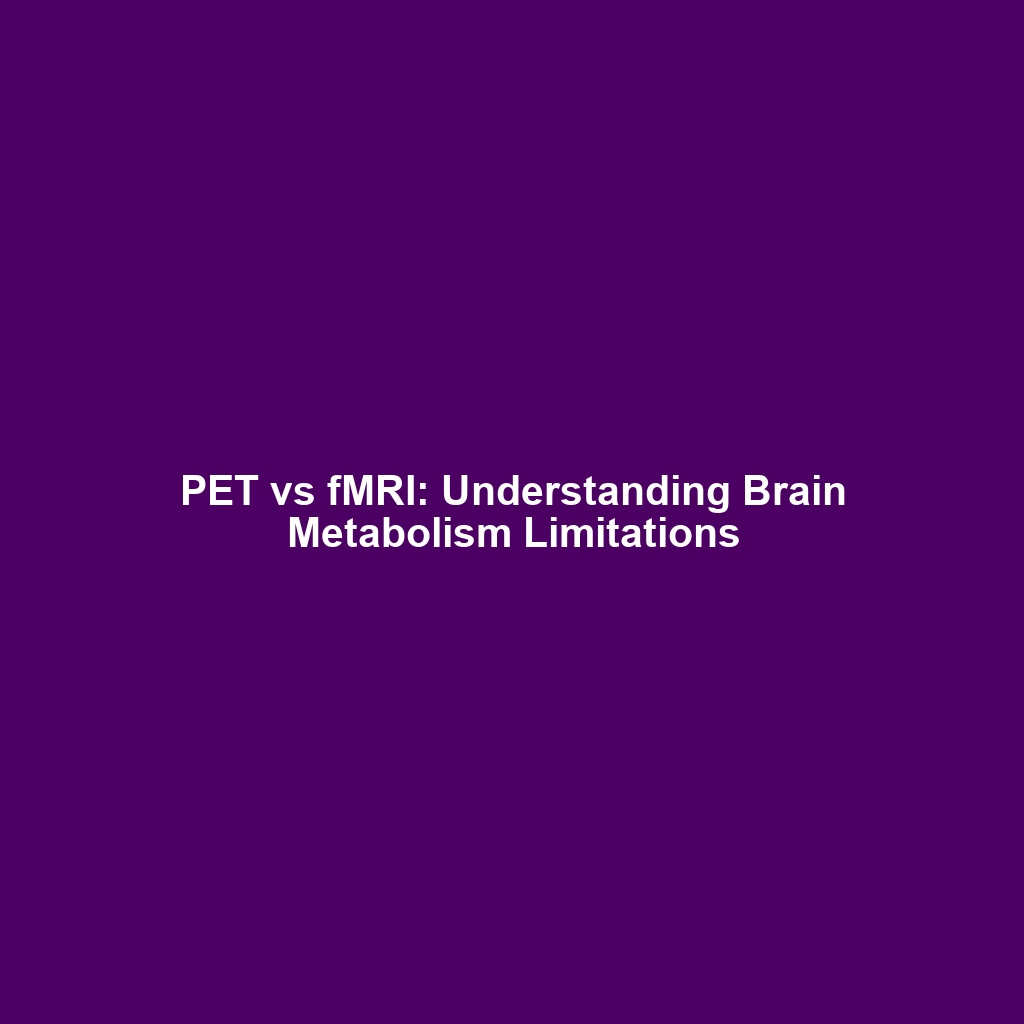Structural MRI: A Crucial Tool in Biomechanics
Introduction
Structural Magnetic Resonance Imaging (MRI) provides detailed images of the brain’s anatomy, making it an invaluable tool for diagnosing tumors, brain injuries, and other neurological abnormalities. Within the field of biomechanics, its significance extends beyond traditional imaging; it aids in understanding the structural integrity and functional performance of the brain, which are pivotal in biomechanical assessments. The ability of Structural MRI to reveal intricate details of brain anatomy helps researchers and clinicians make informed decisions regarding treatment and rehabilitation, aligning it closely with the evolving field of biomechanics.
Key Concepts
Understanding Structural MRI
Structural MRI utilizes powerful magnets and radio waves to generate high-resolution images of brain structures. The major concepts include:
- Magnetic Resonance Principles: Based on the principles of nuclear magnetic resonance, MRI captures the signals from hydrogen atoms in water molecules present in the brain.
- Image Resolution: It can differentiate between healthy tissue and abnormalities, providing clear delineations of various brain structures.
- Tumor Identification: Structural MRI is pivotal in identifying and assessing the size and location of tumors.
- Neurological Assessment: This imaging technique is vital for evaluating brain injuries and conditions such as multiple sclerosis and dementia.
Applications and Real-World Uses
Structural MRI has vast applications in both clinical and research settings, specifically in biomechanics:
- Diagnostic Tool: Used extensively for diagnosing brain tumors and injuries in clinical practice.
- Research Applications: Assists in understanding the biomechanics of brain injury and recovery processes.
- Preoperative Planning: Surgeons rely on detailed structural images for precise planning of brain surgery.
- Biomechanical Studies: Enables the study of brain mechanics, particularly how structural integrity affects functional outcomes.
Current Challenges
Despite its advantages, there are several challenges associated with Structural MRI:
- Cost: MRI scans can be expensive, limiting accessibility in some regions.
- Time Consumption: Structural MRI scans can be time-consuming, requiring patients to remain still for extended periods.
- Artifact Distortion: Movement during the scan can lead to artifacts, complicating the interpretation of images.
- Limited Functional Assessment: While Structural MRI provides anatomical details, it offers limited information regarding brain functionality.
Future Research and Innovations
The future of Structural MRI in biomechanics looks promising, with potential innovations on the horizon:
- Advanced MRI Techniques: Techniques like diffusion tensor imaging (DTI) are being integrated for better insights into brain connectivity.
- AI and Machine Learning: Innovations in AI are set to enhance image analysis and diagnostic precision.
- Portable MRI Technology: Development of portable MRI machines could expand accessibility and facilitate on-site imaging.
- Combined Modalities: Research is underway to combine Structural MRI with other imaging techniques for a more comprehensive assessment of brain health.
Conclusion
In summary, Structural MRI is a vital tool for diagnosing brain tumors, injuries, and abnormalities, deeply intertwined with the field of biomechanics. Its ability to offer exquisite details about brain structure enhances our understanding of both mechanical functions and clinical outcomes. As technology advances, the integration of Structural MRI in biomechanics is likely to expand, leading to improved diagnoses and therapies. For further reading on related topics, explore our articles on brain injury recovery and neurological imaging techniques.

